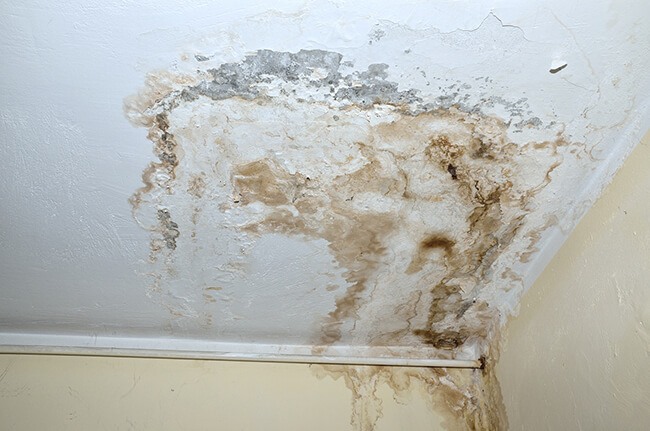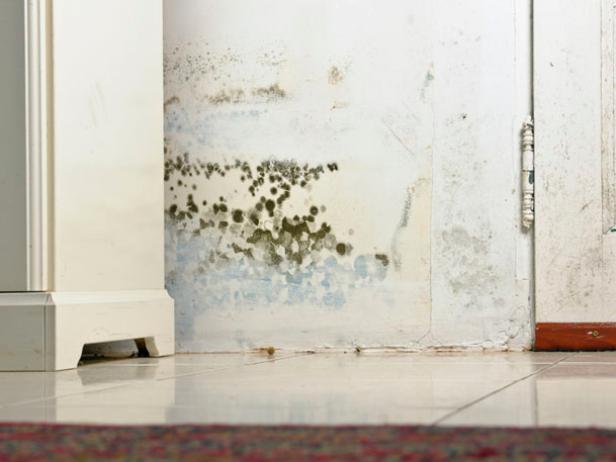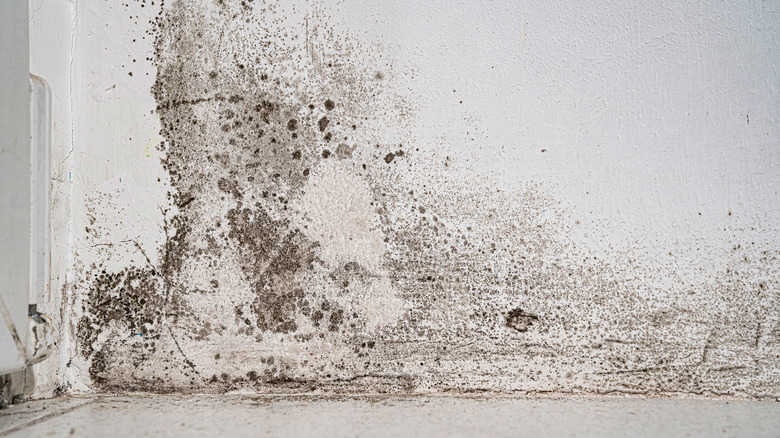health effects are linked to mold . Molds are small organisms found almost everywhere, inside and outside, including on plants, foods and dry leaves. Molds are beneficial to the environment and are needed to break down dead material. Very tiny and lightweight, mold spores travel easily through the air. When molds are present in large numbers, they may cause allergic symptoms similar to those caused by plant pollen.

Mold : Effects on Human Health
mold and its spores are literally everywhere, active mold growth requires moisture. Whether on visible surfaces or hiding behind drywall, in attics, or under carpets, indoor mold grows in the presence of excessive dampness or water. Also found in damp indoor environments are:
- bacteria;
- dust mites;
- break-down products of bacteria and molds, such as proteins, cell-wall particles (glucans) and volatile organic compounds (the actual cause of the musty odor associated with mold);
- airborne chemicals, gasses, and particulate matter caused by destruction of materials by growing molds.
How do molds affect people?
Molds are usually not a problem indoors, unless mold spores land on a wet or damp spot and begin growins. Inhaling or touching mold or mold spores may cause allergic reactions in sensitive individuals. Allergic responses include hay fever-type symptoms, such as sneezing, runny nose, red eyes, and skin rash.
Health effects of mold
allergy and asthma
If you have a mold allergy and asthma, your asthma symptoms can be triggered by exposure to mold spores. In some people, exposure to certain molds can cause a severe asthma attack. Signs and symptoms of asthma include:
- Coughing
- Wheezing
- Shortness of breath
- Chest tightness
Symptoms
A mold allergy causes the same signs and symptoms that occur in other types of upper respiratory allergies. Signs and symptoms of allergic rhinitis caused by a mold allergy can include:
- Sneezing
- Runny or stuffy nose
- Cough and postnasal drip
- Itchy eyes, nose and throat
- Watery eyes
- Dry, scaly skin
Safely Preventing Mold Growth
• When in doubt, take it out! Remove all porous items that have been wet for more than 48 hours and that cannot be thoroughly cleaned and dried. These items can remain a source of mold growth and should be removed from the home. Porous, noncleanable items include carpeting and carpet padding, upholstery, wallpaper, drywall, floor and ceiling tiles, insulation material, some clothing, leather, paper, wood, and food. Removal and cleaning are important because even dead mold may cause allergic reactions in some people.
• To prevent mold growth, clean wet items and surfaces with detergent and water.
• Homeowners may want to temporarily store items outside of the home until insurance claims can be filed
If there is mold growth in your home, you should clean up the mold and fix any water problem, such as leaks in roofs, walls, or plumbing. Controlling moisture in your home is the most critical factor for preventing mold growth. To remove mold growth from hard surfaces use commercial products, soap and water, or a bleach solution of no more than 1 cup of bleach in 1 gallon of water. Use a stiff brush on rough surface materials such as concrete.

